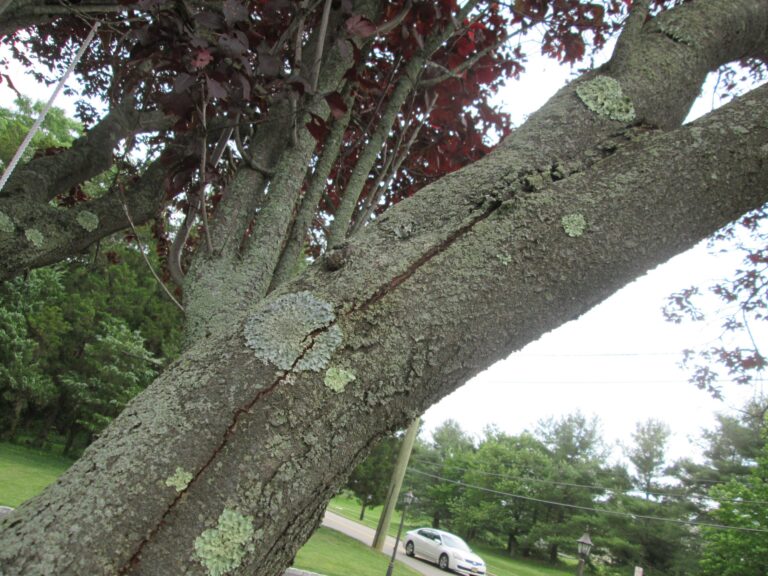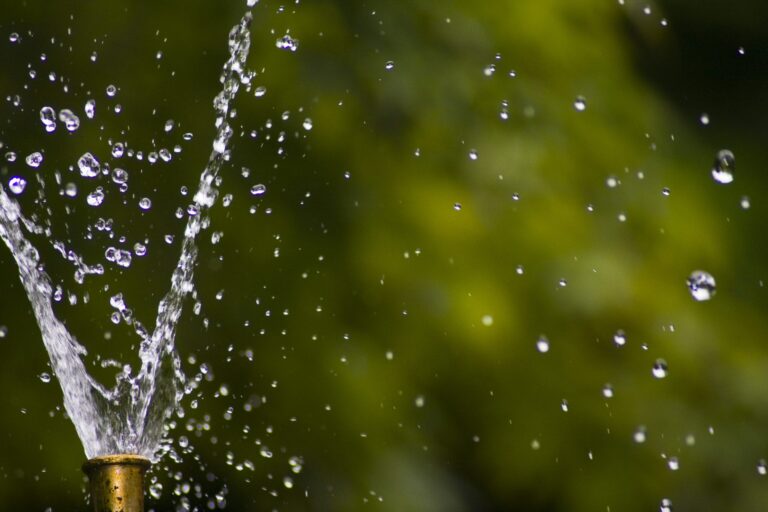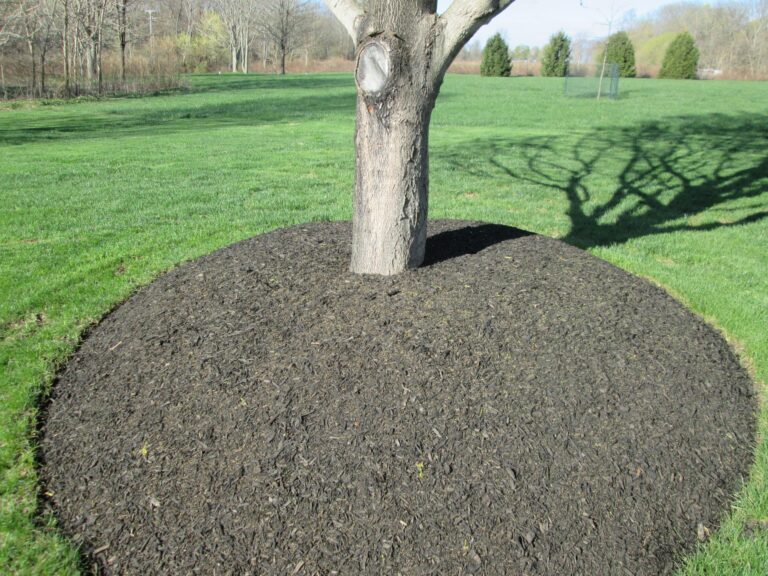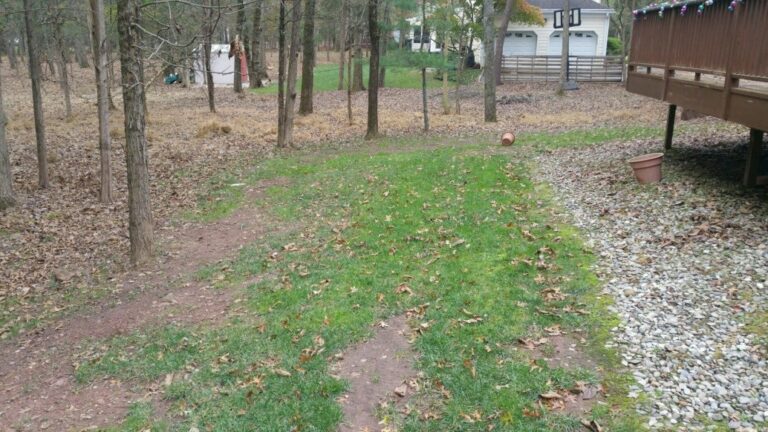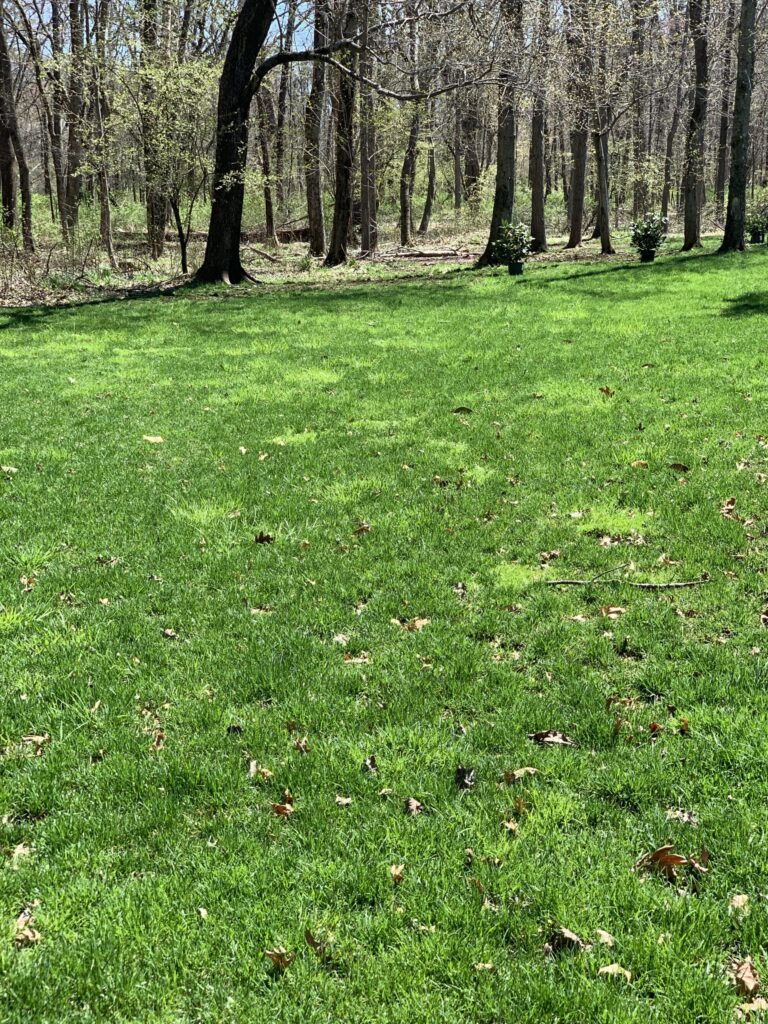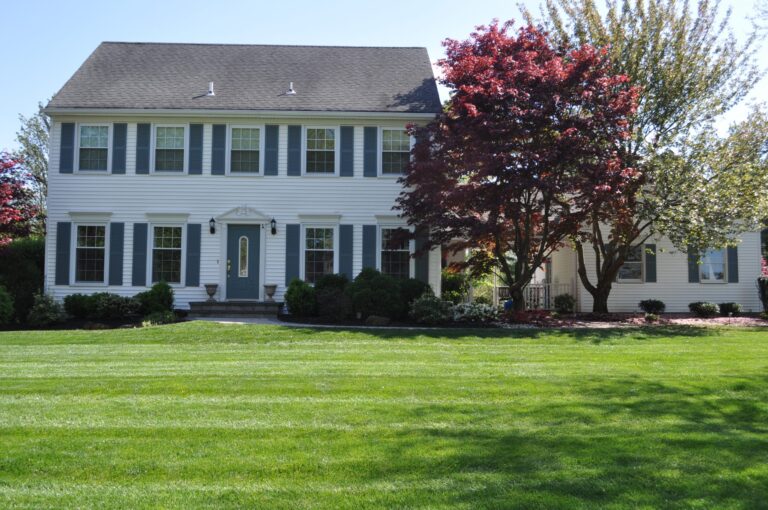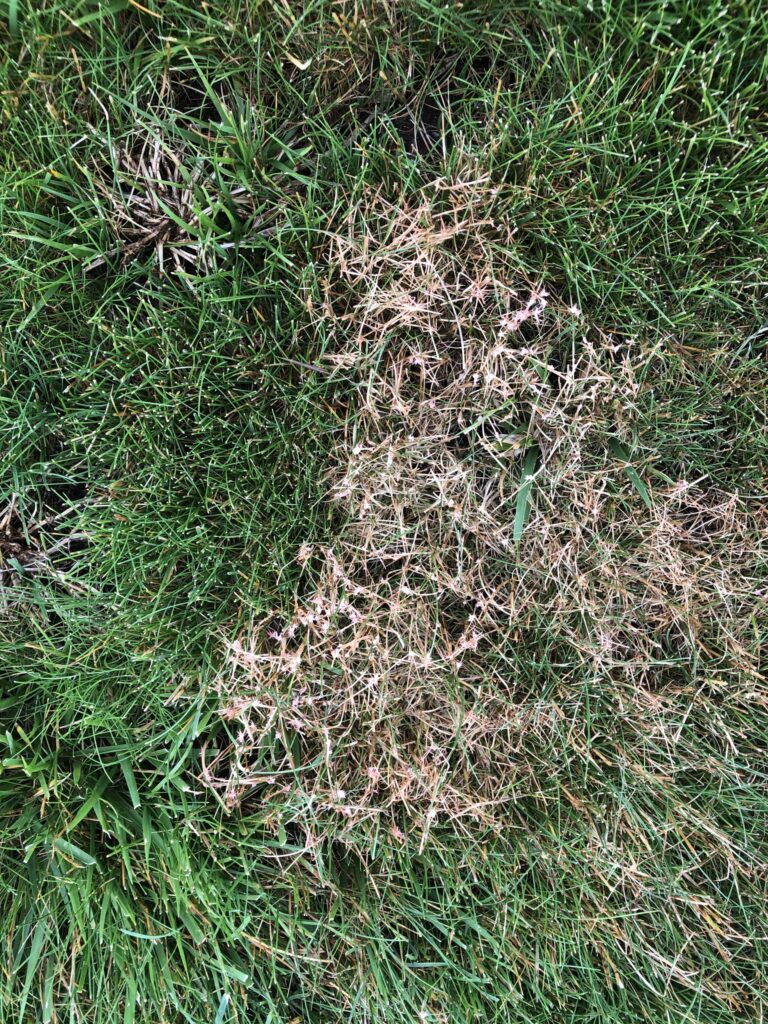
Lawn Care Year in Review 2023
Early Drought Stress After a great start to the spring, there was a surprise drought during the month of May. The overall precipitation was 2 inches under the average for the month. After the summer drought of 2022, the last

